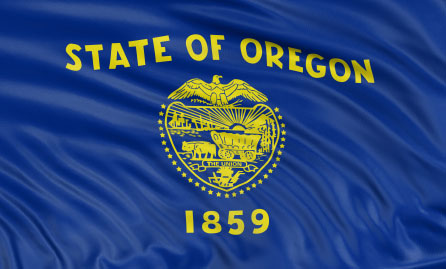Scholarships
Scholarships
Award Types
Free Lotteries
Renewals
Scholarship Providers
Search Tips
Scholarship Funnel
Application
How to Apply
How to Win
Essay Writing Tips
Interviews
Recommendation Letters
Resume
Avoid Scams
Fake Scholarships
Career
Entrepreneurial
Nursing
Accounting
Architecture
Biology
Business Admininstration
Chemistry
Chinese Language
Civil Engineer
Communications
Computer Science
Cosmetology
Counseling
Criminal Justice
Dental Scholarships
Economics
Engineering
Environmental
Finance
Foreign Language
Graduate Nursing
Health Administration
Health Management
Health Sciences
History
Horticulture
Human Resources
Journalism
Marketing
Mathematics
Mechanical Engineer
Occupational Therapy
Paralegal
Pharmacy
Physical Therapy
Physics
Political Science
Sales
Social Science
Special Ed
Sports Management
Teaching
Zoology
Minority
Minority
African American
Latino
Women's Scholarships
Native American
Disability Scholarships
First Generation
Nontraditional
More
Academic
Athletic
Average Student
Community Service
Free
Merit Based
Weird Scholarships
Company
Fellowships
Local Scholarships
Federal loans should be your first choice when pursuing college funding. Federal loans are the most affordable option, they don’t require a credit check, and better yet, almost everyone qualifies for some level of aid.
To begin applying, your first step is to complete the FAFSA, the Free Application for Federal Student Aid.

Here are some guidelines for completing this step of the process:
Here is a brief outline of the federal loans:
Find out more about federal student loans.
Federal loans and other federal financial aid options should be exhausted before pursuing any other types of loans.
Other loans should be a second choice because most often, your other options will be private loans, which are made directly from banks. These private loans are less affordable, and the higher interest rates generally make them a risky proposition. Private loans also are credit-based, and many students will require a co-signor because they don’t have the stellar credit score these loans require.